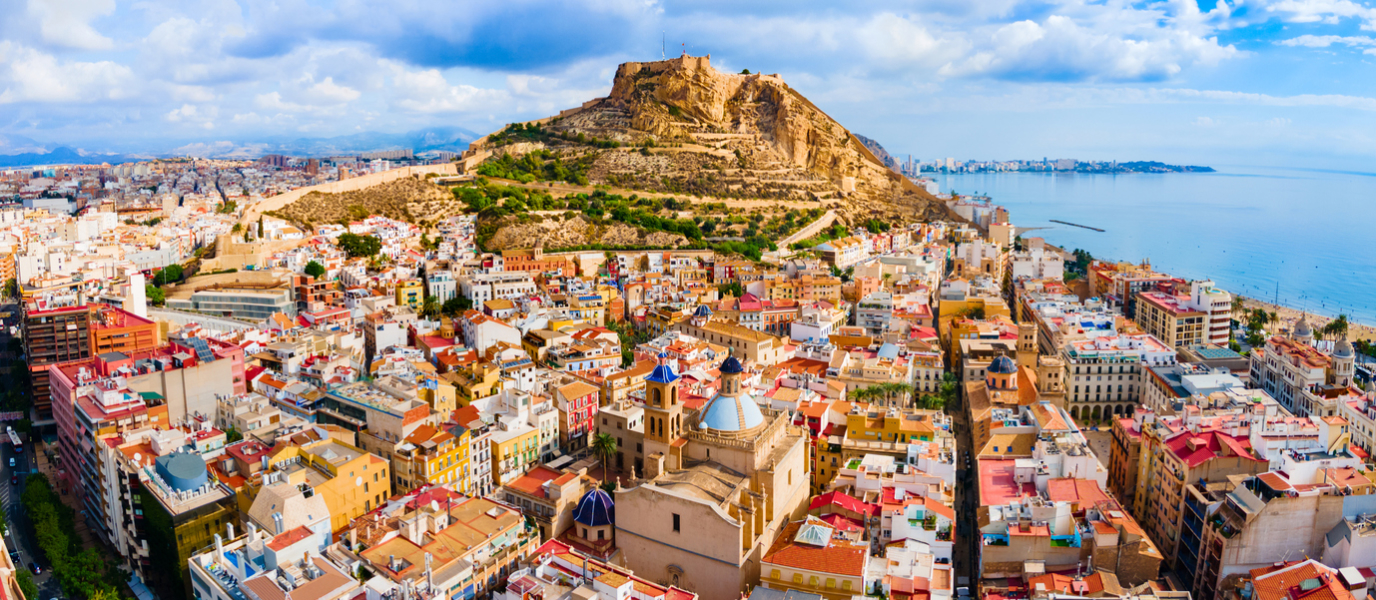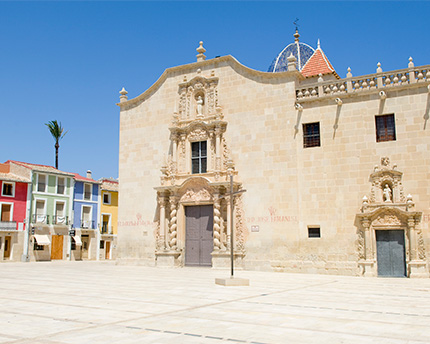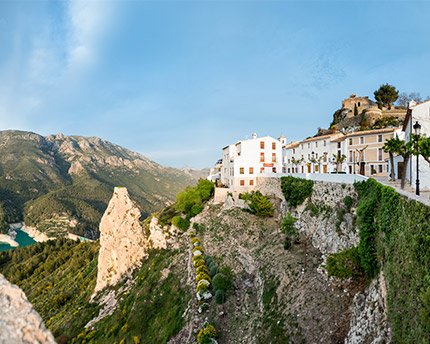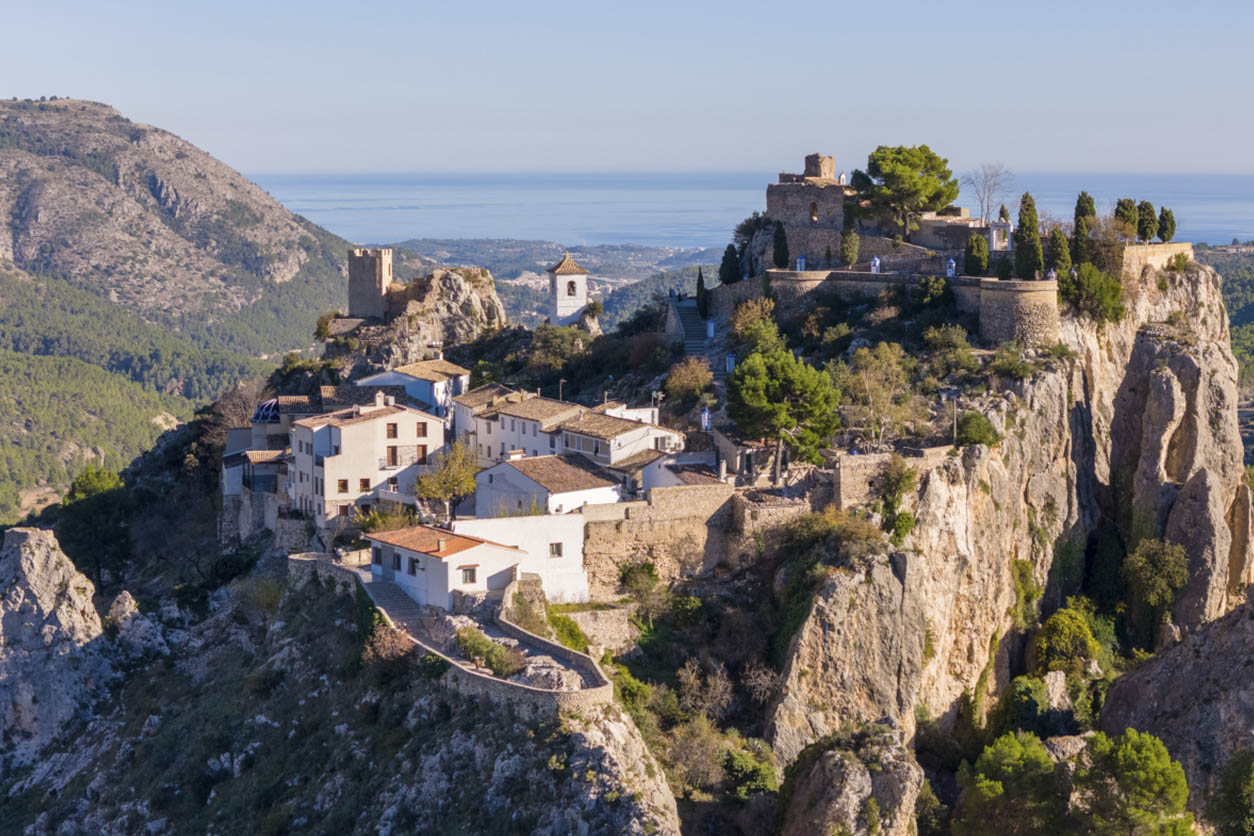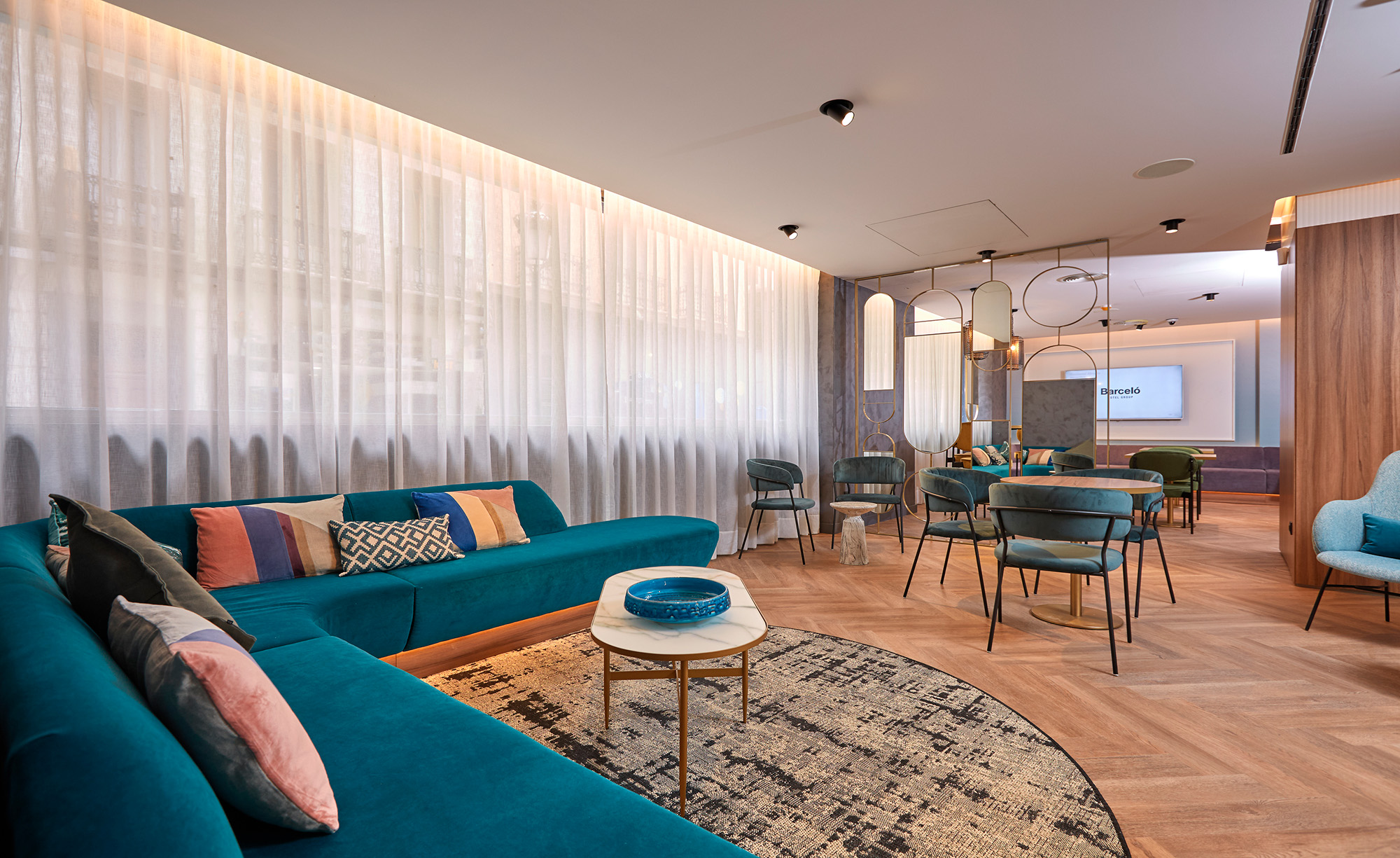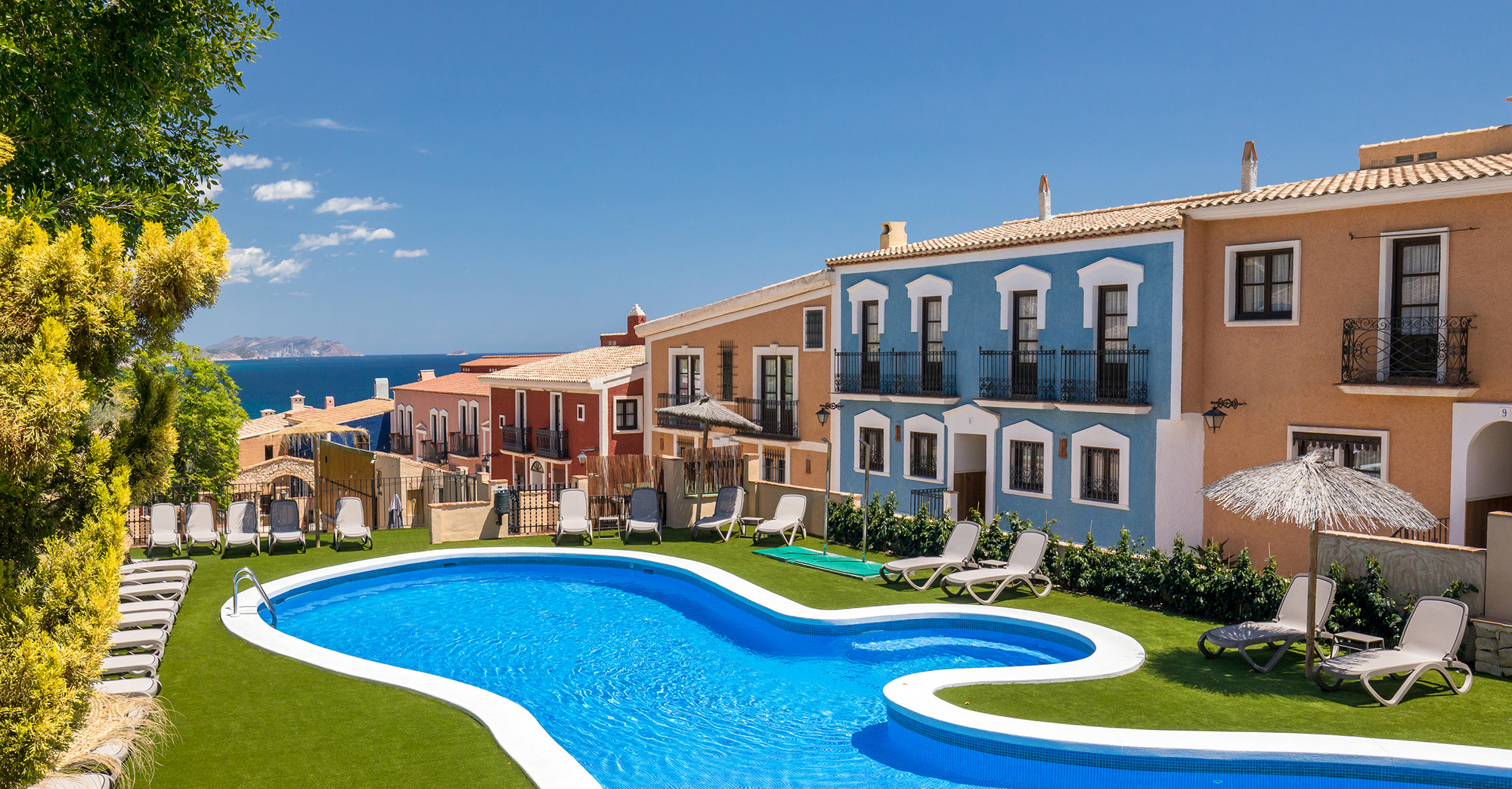Ideological or moral concerns aside, the Alicante bullring is an almost an essential place to visit for everyone who comes to this city. And this is mainly because of its striking architecture from the end of the 19th century, the essence of which reminds us of many other structures of this type.
Secondly, because aside from bullfighting festivals, this is the usual venue for all kinds of events. From modern music concerts (with some of the best known national performers) to political rallies. In 2004, even the Davis Cup tennis semi-final took place here between the Spanish and French teams. In addition, and coinciding with the Christmas season, during the month of December a huge slide and an ice rink are installed in the Alicante bullring, ideal for children and their families to enjoy.
According to the regulations that assess these types of enclosures, the Alicante bullring belongs to the second category. It is one of the oldest in the Valencian Community as well as in the rest of Spain, as it was inaugurated in 1888.
Passion for bullfighting in Alicante
The Alicante bullring is the result of passion for bullfighting that has a long history. In fact, the first recorded bullfight in this city took place in 1700 to celebrate the conversion of the Collegiate Church of Saint Nicholas into a Co-cathedral.
A temporary structure was installed for this purpose, as has historically been the case in many other locations in the country. Soon enough, bullfights were becoming popular in Alicante and different spaces were sought for them, such as the Plaza Puerta del Mar, next to the port of Alicante or the Plaza de la Puerta de San Francisco.
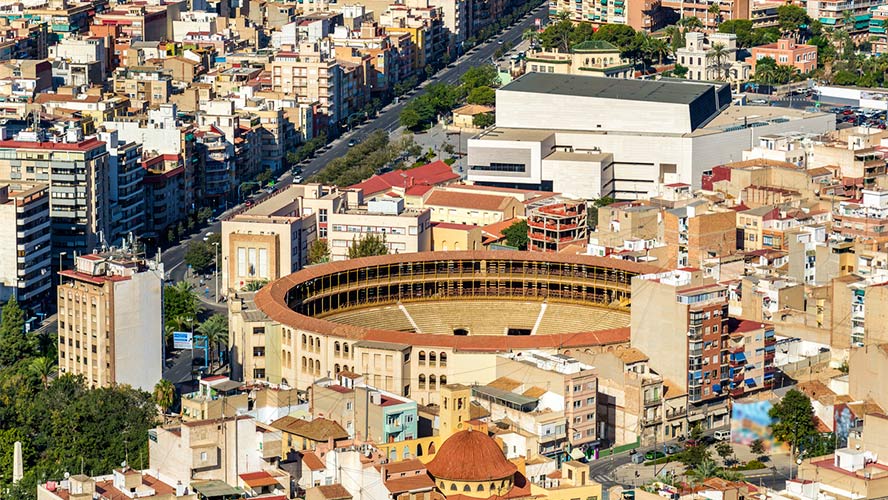
This temporary nature lasted until 1848, when a permanent enclosure was inaugurated, predecessor of the current Alicante bullring, which was commissioned to the local architect Antonio Jover.
But that structure became too small for the huge number of bullfighting fans. So the renovation and expansion project was also entrusted to someone from Alicante, José Guardiola Picó.
As we’ve already mentioned, the works were finished in 1888 and gave the Alicante bullring a capacity that exceeded 16,000 seated spectators. This is quite significant, since at that time the population of the city was around 20,000 people.
For the first celebration of that new bullring in Alicante the poster included the matadors Lagartijo, Guerrita and Lagartija. It was only the beginning of a long bullfighting history that, with some exceptions caused by the conflicts of the 20th century in Spain, has continued until the present day.
Plaza de España in Alicante
Alicante’s bullring is located in the middle of Plaza de España, one of the most important open spaces in the city centre. To be precise, it is located between calle de San Vicente, which runs from the port, and Avenida de Alcoy, one of the main routes in and out of the city.
Apart from the Alicante bullring, there are other places of interest at Plaza de España:
- Panteón de Quijano: this spectacular area pays homage to Trinitario González de Quijano, who was the city’s governor during the cholera epidemic that devastated Alicante in 1854 and who is seen as a hero. The monument is the work of the architect Francisco Morell y Gómez.
- Monumento al Foguerer: this is an obelisk that pays homage to the foguerers (those in charge of the bonfires of San Juan) who died in the exercise of their duties. It has been here since 1982 and, coinciding with Alicante’s major celebration, a floral tribute is made in front of it every year.
- Fuentes de la Plaza de España: popularly known as los chorros, or “the streams”, as they come directly from the ground through grates located in front of the Alicante bullring. An ideal place to cool down when it gets hot.
Festivals and bullfights in Alicante
As is the case with the rest of the enclosures of this type in
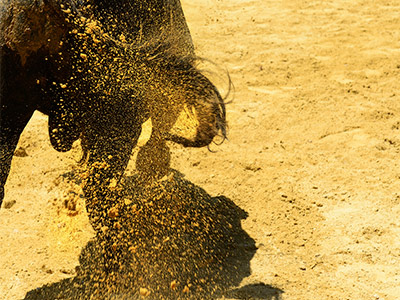
Spain, the celebration of bullfights in the Alicante bullring is not constant. With exceptions, there are two main seasons in which this type of event takes place:
- Bullfighting Fair of Hogueras (Bonfires): coincides with the city’s grand celebration, the Festival of San Juan. Around eight or nine bullfights take place at the end of June, with the participation of several of the most important bullfighting figures.
- Our Lady of Remedy Festivities: these take place at the beginning of August, coinciding with the festival of the patron saint of Alicante. Two bullfighting events are held usually on consecutive days.
Alicante Bullfighting Museum
The Bullfighting Museum is located inside the Alicante bullring. Its different rooms offer a comprehensive perspective on the world of bullfighting, with special focus on bullfighters from Alicante. Such as Vicente Blau, José María Manzanares, Francisco Antón and Luis Francisco Esplá.
One of the most interesting sections is dedicated to the influence of bullfighting in Literature, with prestigious texts signed by Federico García Lorca, Rafael Alberti, Gerardo Diego, Rubén Darío, the brothers Antonio and Manuel Machado, Azorín and the brilliant poet from Alicante (from Orihuela) Miguel Hernández.





































































